By Blaine Taylor
The wide-scale murder of Jews by Nazi Germany’s Einsatzgruppen began in Poland in September 1939, protested only by German Army Generals Johannes Blaskowitz and Georg Kuchler.
Indeed, in some cases the Army even aided the Death’s Head units of the SS in the Polish campaign by killing Jews under the thin guise that they were, in fact, enemy partisans operating behind the German lines. This stratagem would be vastly expanded when the Soviet Union was invaded on June 22, 1941, the rule being, “Where there is a Jew, there is a partisan; where there is a partisan, there is a Jew.”
In the Soviet Union, the killing escalated as SS General Reinhard Heydrich, head of the RSHA (Reich Security Main Office), established, organized, and dispatched to the Baltic Republics and Western Russia six major units attached to the German Army for the specific purpose of killing what he termed “hostile elements,” above all, the Jews.
The Origin of the Einsatzgruppen: the German “Special Task Forces”
These so-called Einsatzgruppen (Special Task Forces) were commanded in the field by young, motivated, highly educated soldiers who in civilian life were lawyers, and their ranks consisted of members of Heydrich’s Sicherheitsdienst (Security Service, or SD), the overall General SS, the Nazi Party’s Storm Troopers(SA), the German State Regular Police, and later combat troops from the Waffen SS Death’s Head and Wiking Divisions.
Immediately after the war and for many decades thereafter, various German veterans’ organizations falsely denied that the combat arm of the SS had anything at all to do with atrocities known to have been carried out by their organizational cousins in the dreaded Einsatzgruppen.
Mobilized initially during the 1939 Polish Campaign, the major heinous activities perpetrated by the Einsatzgruppen occurred during 1941-1942 with the outright murder of hundreds of thousands of Soviet Jews in both Russia and Ukraine.
Working closely with the local police and the native non-Jewish populations, the German Order Police jointly served as the primary moving force of the Nazi Final Solution of the Jewish Question in Europe prior to the establishment of the more infamous death camp extermination combines.
It Wasn’t Just the Jews They Rounded Up
And that was not all, either. Besides Jews, and often assisted directly by the local police of the invaded territories, the Nazi Einsatzgruppen murdered gypsies, homosexuals, and Communist Party officials.
Together, the locals and their invaders rounded up entire populations of occupied towns, executing them by shooting and then throwing their bodies into pits that served as mass graves.
Tiring of this time-consuming, costly, and emotionally draining effort, the killers soon deployed gas vans, sealed truck passenger compartments into which the vehicles’ fumes were diverted, to kill their prisoners while in transit from one spot to another.
Originally, Heydrich organized his Einsatzgruppen into six units that would eventually encompass some 20,000 men and women. Each unit included Waffen SS, motorcycle riders, administrators, SD personnel, criminal police, state police, auxiliary police, regular police, female secretaries and clerks, interpreters, and teletype and radio operators. These units were, in effect, completely mobile, and self-contained.
Himmler & Heydrich
In addition, at a time when the regular German Army was only partially mobilized in June 1941, with much of its field artillery still being horse drawn, Reichsführer Heinrich Himmler, leader of the SS, ensured that his individual killing units were fully mobile with a complement of 180 trucks each. The troops themselves were well armed with either rifles or automatic weapons.
Himmler and Heydrich, acting on the direct orders of German Chancellor Adolf Hitler verbally and Reich Marshal Hermann Göring in writing in July 1941, fully intended to kill not only Jews, but also 25 to 30 million Slavs all the way to the far-off Ural Mountains in Soviet Asia. This would clear the vast grassland steppes for future German colonization.
At first, during June-July 1941, the SS members themselves were not fully and closely involved in the killings, instead encouraging the local populations of the invaded territories to kill their own Jews in alleged spontaneous uprisings that they both aided and abetted.
Indeed, to further enflame these locals the Germans opened up all the communist jails and displayed the dead left behind by the retreating Red Army political commissars, blaming these grisly killings on the Jews.
But even as they were actively encouraging these domestic killings and also participating in them, the SS nonetheless nervously approached their gory tasks. One SS man remembered, “We all said to one another, ‘What on earth would happen if we lost the war and had to pay for all this?’”
“If Hitler were to say I should shoot my mother, I’d do it, and be proud of his confidence!”
This was precisely the problem that General Blaskowitz had identified in German-occupied Poland in the fall of 1939 and that Himmler encountered as well. As the direct result of the brutal mass killings, moral depravity was spreading through the SS like an epidemic.
It was, therefore, all well and good for Himmler to boast, “If Hitler were to say I should shoot my mother, I’d do it, and be proud of his confidence!”—as long as Himmler was not the man actually pulling the trigger, that is.
By all accounts, Himmler was, first, last, and always, a desk murderer who ordered other people to do the dirty work. The same was also true of both Heydrich and his own deputy, SS Lt. Col. Adolf Eichmann.
The anecdote is told that when Himmler first witnessed an actual Einsatzgruppen massacre in the East, he got sick and vomited on the spot. In similar fashion, his Einsatzgruppen commanders were losing their minds and being relieved of duty, while the men who actually performed the shootings were becoming alcoholics and experiencing emotional distress.
At one such action on September 15, 1941, fully 12,000 people were formed by the police into marching columns and sent down a street toward a local airport, with the small children and elderly being trucked. Upon reaching the airfield, all the prisoners were duly marched across an open meadow about 50 yards to an open pit. They were then murdered with automatic weapons. The killing lasted a full day, after which both water and quicklime were splashed over the bodies, causing the dead and the still living among them to boil.
10,000 Victims In A Single Day
On a single day, September 22, 1941, the Einsatzgruppen slaughtered 10,000 people in one such action. One of their commanders, Artur Nebe, later renowned as an executed plotter in the July 20, 1944, attempt to assassinate the Führer, wanted to herd Russian mental patients into a building and blow it up with dynamite.
Justifying this technique to relieve his hard-pressed men from having to shoot incurably insane patients, Nebe had a subordinate chemist set up a reinforced concrete machine-gun post rigged with dynamite. With the patients trapped therein, the dynamite would be detonated.
The result proved to be far more demoralizing than Nebe had envisioned, with both cement blocks and blasted body parts raining down on the Nazi killers, arms and legs landing in trees and then having to be retrieved to hide the evidence of this foul deed.
Nebe was also the first to experiment with the mobile gas vans. This was done not to kill more humanely, but rather as a means of making the killing more bearable for the executioners. Because pure carbon monoxide was found to be too expensive to use in this way, Nebe decided to experiment with the vehicles’ own automobile exhaust fumes instead. These, in turn, led to the stationary and ever larger death camp chambers beginning in mid-1942, where the killing took place on an overwhelming scale until late 1944.
Even though the crematoria and gas chambers of the Nazi death camps have come to be grimly iconic of the Holocaust, they were, according to some sources, exceptional, and not the standard killing method.
Shooting Accounted for More Deaths For the Slavs
If Slavs are counted among the victims of the Holocaust along with Jews and gypsies, then shooting accounted for far more deaths than gas. The van gassing began late in 1941, and the camps became operational afterward.
The men of the Einsatzgruppen obeyed their dire orders willingly, if uneasily, for no judges looked over their shoulders, at least not during the war. They were also told that they acted on the direct orders of their Führer, the Supreme Justice of the German State, making them “judge, jury, and executioner” all rolled into one.
The German Armed Forces, when not directly involved, simply looked away.
One infamous Special Task Force commander, Friedrich Jeckeln, invented the “packing” method of killing, wherein the intended victims were funneled in groups of 50 by troop gauntlets shouting at and beating them along the way to their deaths. For instance, at Babi Yar in Russia the pits were manned by such packers, who placed the people to be killed on top of those who already had been murdered. Once so positioned, they were shot in the back of the head, in what the Germans called the Genuckschuss. When one shooter fired a full clip, he was given a break by another, and so on.
On January 20, 1942, Heydrich and Eichmann convened their infamous top secret meeting at a villa at Wannsee outside Berlin to take the Final Solution of the Jewish Question to its next logical level, the railway deportation of all Jews by train “to the East” and their extermination in gas chambers. This process commenced in earnest in mid-1942, when Heydrich himself was assassinated in Prague by the Czechs.
First Auschwitz, Then Belzec, Sobibor, and Treblinka
The first such camp was at Auschwitz-Birkenau in Upper Silesia, followed by three more in eastern Poland, Belzec, Sobibor, and Treblinka. Extermination at Belzec started on March 17, 1942. In time, the other SS death camps included Chelmno and Majdanek, for a total of six major facilities.
The notorious prussic acid insecticide Zyklon B crystallized gas was used only at Auschwitz, while reportedly Sobibor, Treblinka, and Belzec used engine-produced carbon monoxide exhaust fumes. Majdanek used both Zyklon B and pure bottled carbon monoxide.
Himmler toured Auschwitz on July 17-18, 1942, the month after Heydrich died, and watched a Zyklon B demonstration staged especially for him. The camp commandant, Rudolf Hoess, noted later of Himmler that “He just looked on in total silence.”
The following February, Hoess’ aides noted that the priggish Himmler seemed to enjoy seeing women tortured. At a special demonstration for him at Sobibor, 300 young Jewish women were sent on what was euphemisticall called “the road to heaven” from Camp 2 into the gas chamber. Reportedly, the dour Himmler enjoyed wine and cigarettes with his staff aides afterward.
Conquest Put On Hold; The Holocaust Continues
The catastrophic defeat and surrender of the German Sixth Army at Stalingrad in early 1943 put all Nazi plans for colonization of the East on hold, but the murder of the Jews continued unabated.
However, that same year it was felt prudent to disband the Einsatzgruppen and take steps to cover up what had been done. One who did not advocate this reversal of policy was Hitler, and in June 1943 the continued killing of the Jews became a more important political war than winning the military conflict it had engendered.
Hitler and Himmler committed suicide a few weeks apart, leaving behind their bloody minions to pay for the deeds of the Einsatzgruppen and others.
The military government of the United States in occupied West Germany brought to trial 24 former commanders and officers of the Einsatzgruppen in the ninth of 12 overall war crimes trials held at Nuremberg.
The case of Otto Ohlendorf et al. was heard by a panel of three judges from September 15, 1947, to April 10, 1948, with American Justice Michael A. Musmanno of Philadelphia presiding.
The Nuremberg Trials
Amazingly, at first there was no such trial planned for the criminals of the notorious Einstazgruppen, but this changed with the discovery of a single set of its reports that survived the war. It was found on the fourth floor among two tons of other documents at Gestapo headquarters in Berlin in September 1945.
It took prosecutors more than a year to sort through the literally thousands of such papers that had fallen into the hands of the Allies with the total collapse of Nazi Germany.
At the first of the trials, the International Military Tribunal of 1945-1946 in Nuremberg, Ohlendorf had let slip in open court testimony that his own Einsatzgruppen D had murdered 90,000 people. It was not until much later, though, that the fuller and much grimmer overall picture emerged via the newly found documents, the Nazis’ records of their deeds.
The 24 accused included Ohelndorf, Heinz Jost, Erich Naumann, Otto Rasch, Edwin Schulz, Franz Six, Paul Blobel, Walter Blume, Martin Dandberger, Willy Seibert, Eugen Steimle, Ernst Bilberstein, Werner Braune, Walter Hansch, Gustav Nosske, Adolf Ott, Eduard Strauch, Emil Haussmann, Woldemar Klingelhofer, Lothar Fendler, Waldemar von Radetsky, Heinz Schubert, and Matthias Graf.
What Became of the SS Elite
Only four of the accused were hanged in 1951, including Ohlendorf. Despite being the sole American prosecution witness in other trials, he was eventually executed after many appeals to superior courts in the United States had been denied.
One who was not hanged was the Austrian SS General Odilo Globocnik, an Eichmann crony and a former Nazi Gauleiter of Vienna, who founded four death camps in Poland: Belzec, Sobibor, Treblinka, and Majdanek. He died a mysterious death either by suicide, partisans, or an alleged Jewish death squad in May or June 1945.
SS General Erich von dem Bach-Zelewski was responsible for antipartisan warfare on the Eastern Front during the war and boasted in writing, “There isn’t a Jew left in Estonia!” He also testified for the Allied prosecution at Nuremberg and died at Munich-Harlaching on March 8, 1972, long after most of his fellow co-conspirators. SS General Curt von Gottberg succeeded Bach-Zelewski and committed suicide.
SS General Friedrich Jeckeln was hanged at Riga. Eduard Strauch was named SD commander of central Russia in 1942 and diagnosed as insane in 1947.
SS Police General Otto Waldmann became SS Leader and Police Leader for Hungary and transferred to police duties in southern Europe, while Carl Zenner became SS and Police Leader for White Ruthenia in May 1942. They were given, respectively, a five-year sentence in 1945 and a 15-year prison term in 1961.
What Became of Dr. Oskar Dirlewanger?
SS and Police Leader Heinz Reinefarth put down the Warthe, Poland, uprising, and in 1965 was elected mayor of Westerland-Sylt. That same year, Otto Winkelmann, former director of the Order Police Head Office and later SS and Police Leader in occupied Hungary, retired as a fully pensioned policeman.
SS General Kurt Daluege was both head of the German Order Police and Acting Reich Protector succeeding Heydrich at Prague until illness forced his early retirement in 1943. After the war, Daluege was returned to Prague and hanged by the Czechs.
The notorious Dr. Oskar Dirlewanger was head of the infamous Special Battalion Dirlewanger during 1942-1944 and was killed while a captive in 1945.
Amazingly, few of the remaining guilty perpetrators were either indicted or convicted, much less confined or hanged for their nefarious crimes against humanity.
Conversely, Artur Nebe was reportedly a “broken” man by November 1941, writing, “I’ve looked after so many criminals, and now I’ve become one myself.”
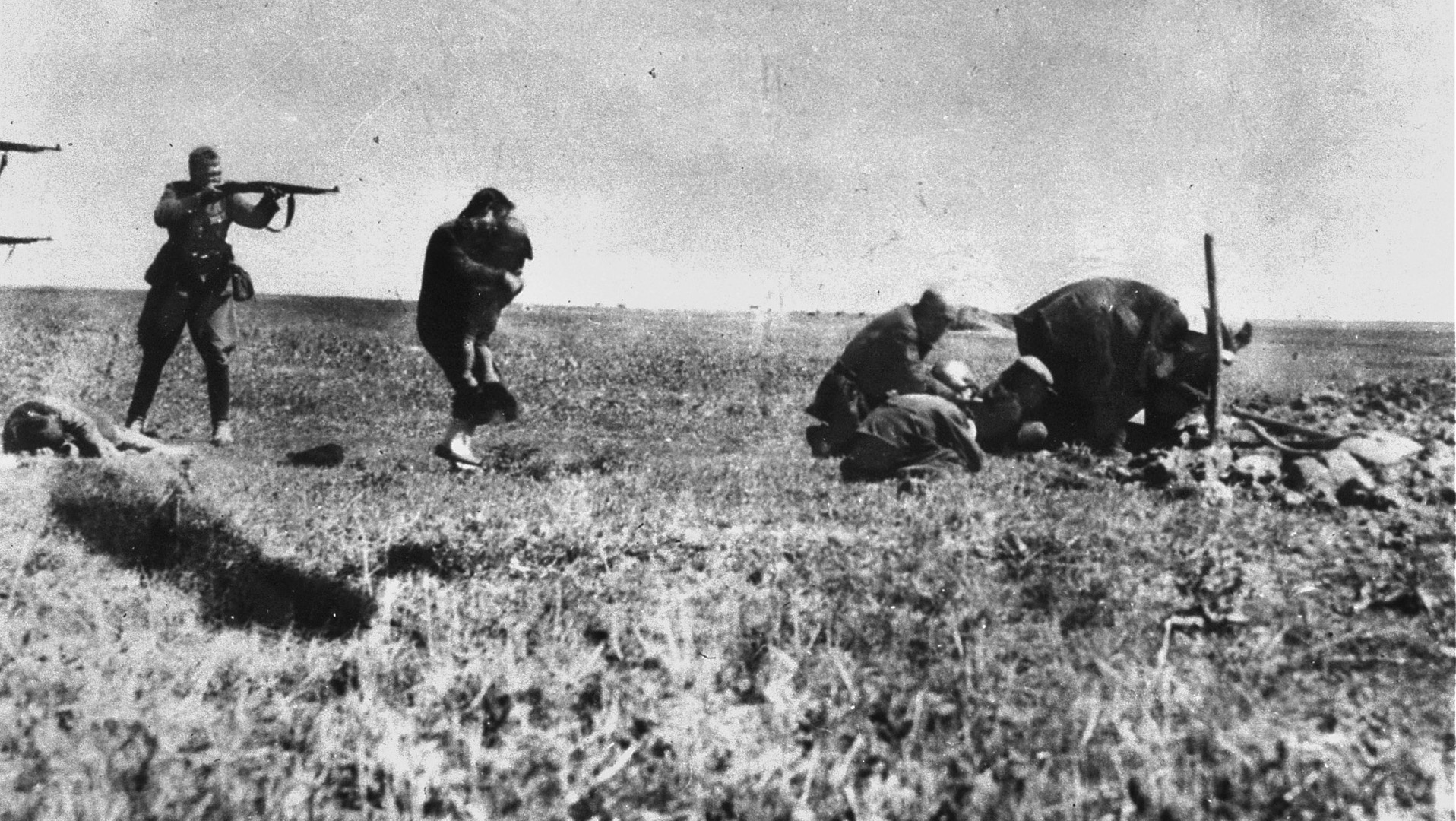
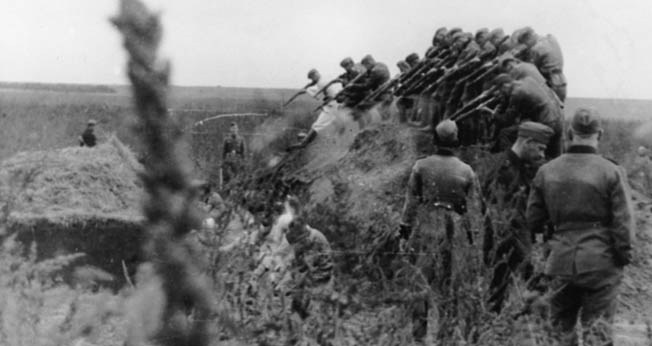
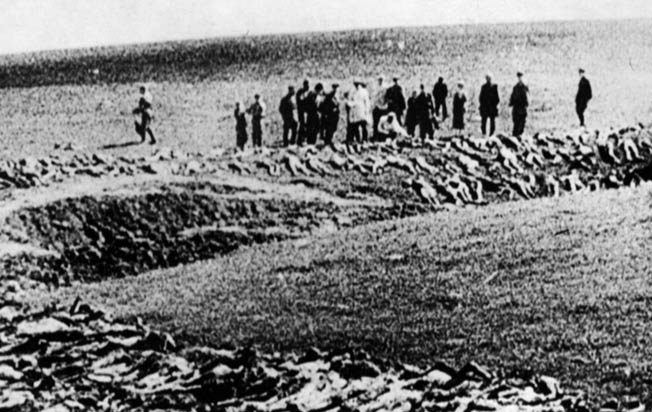
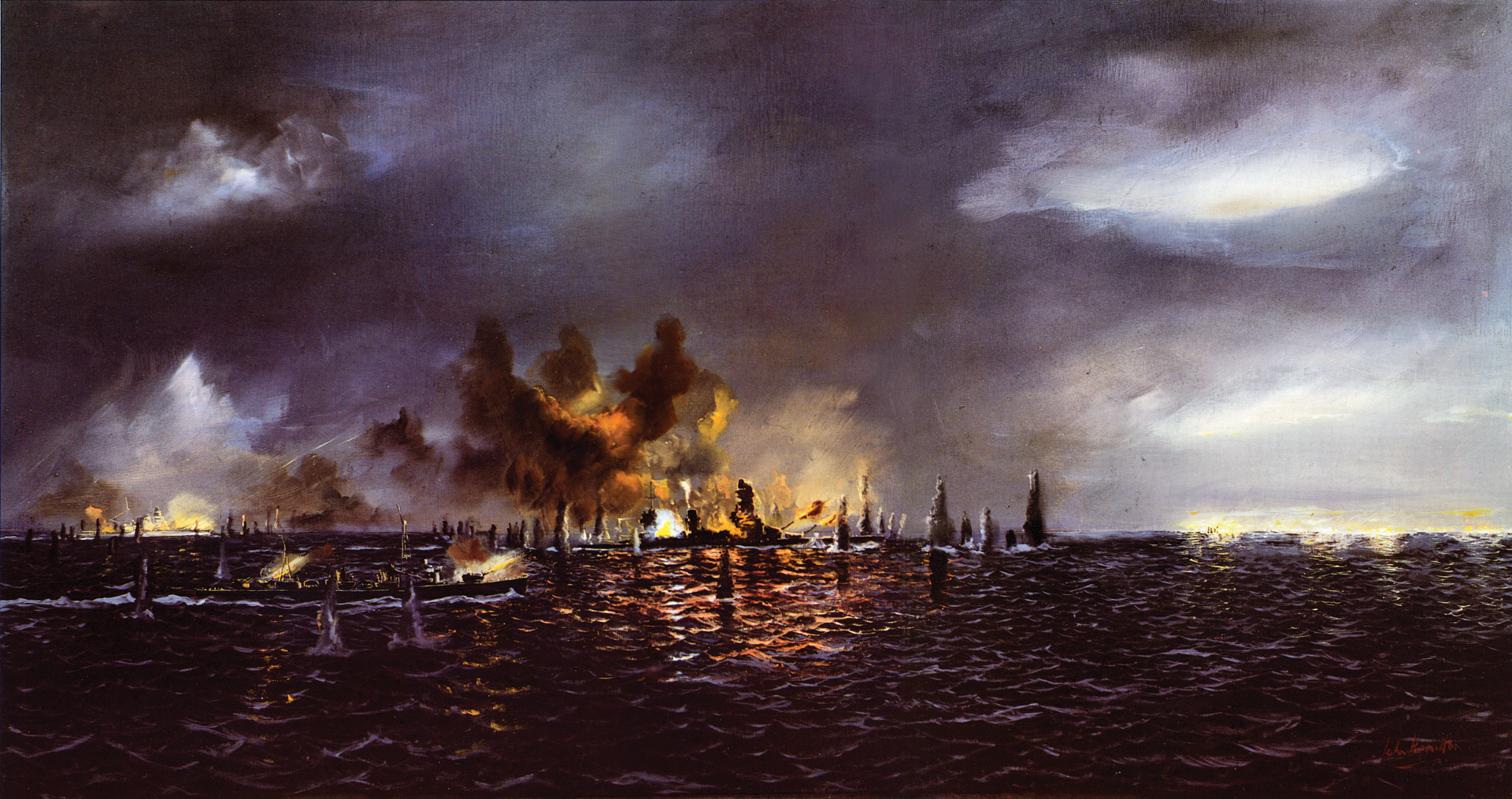
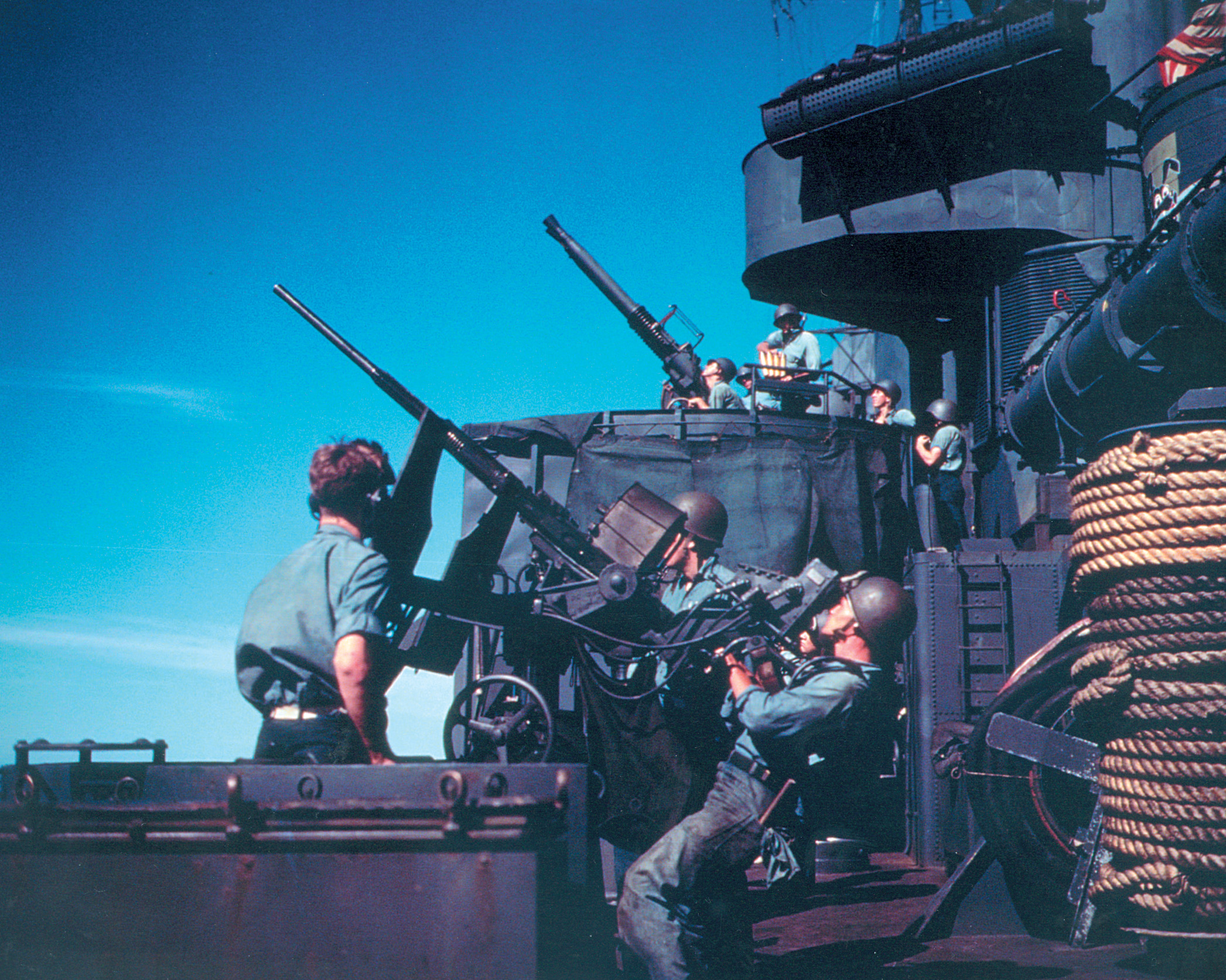
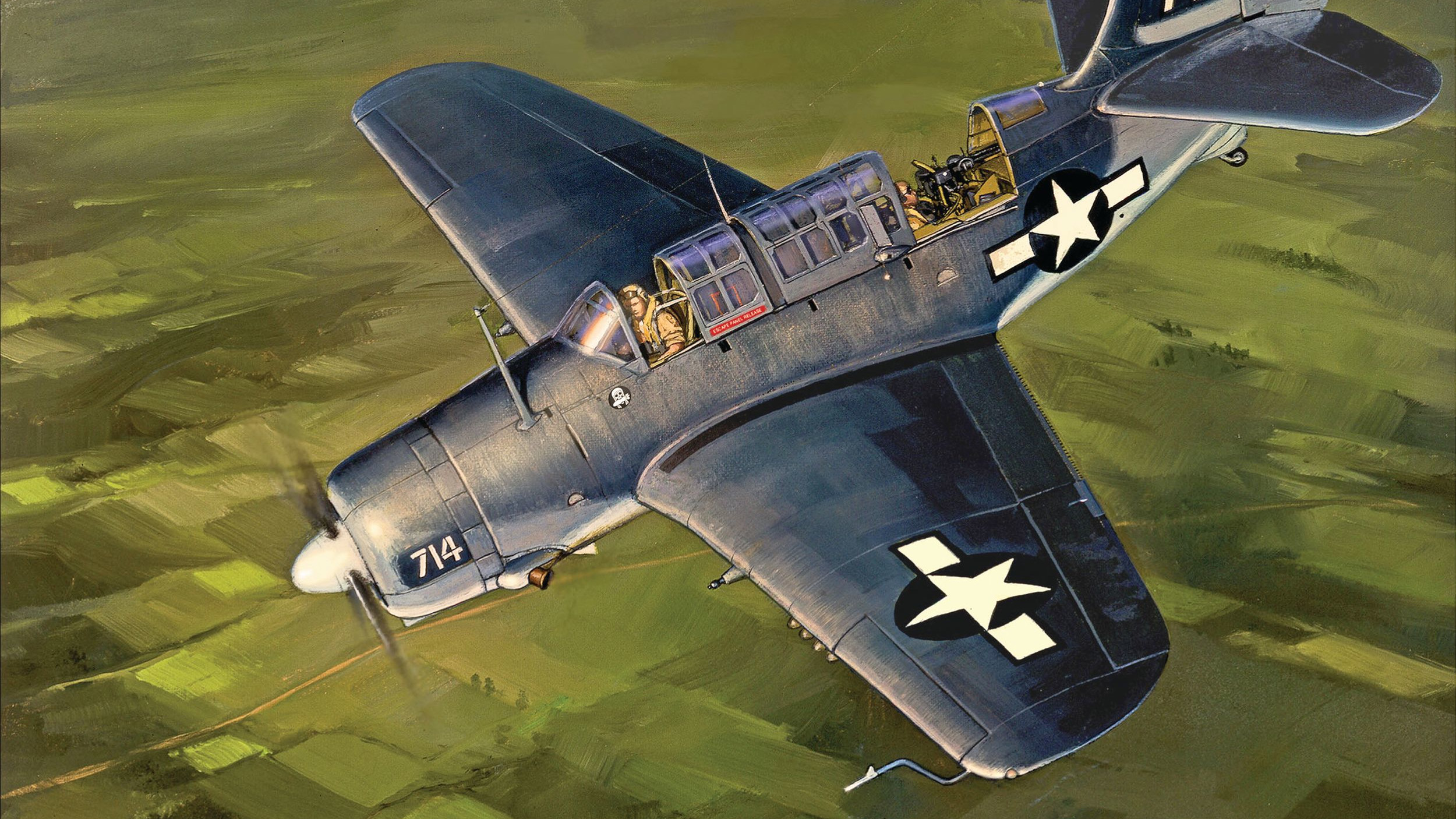

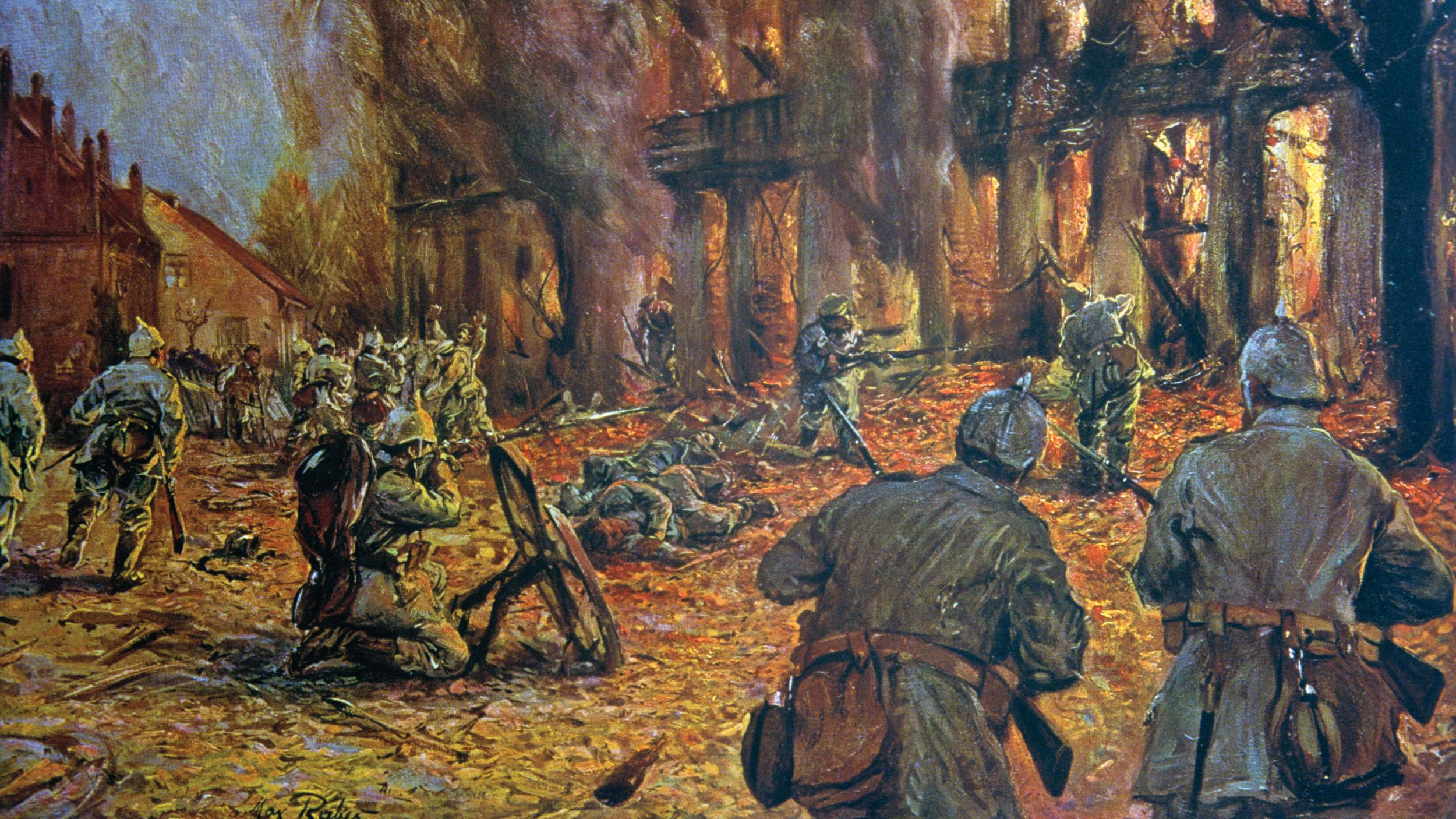
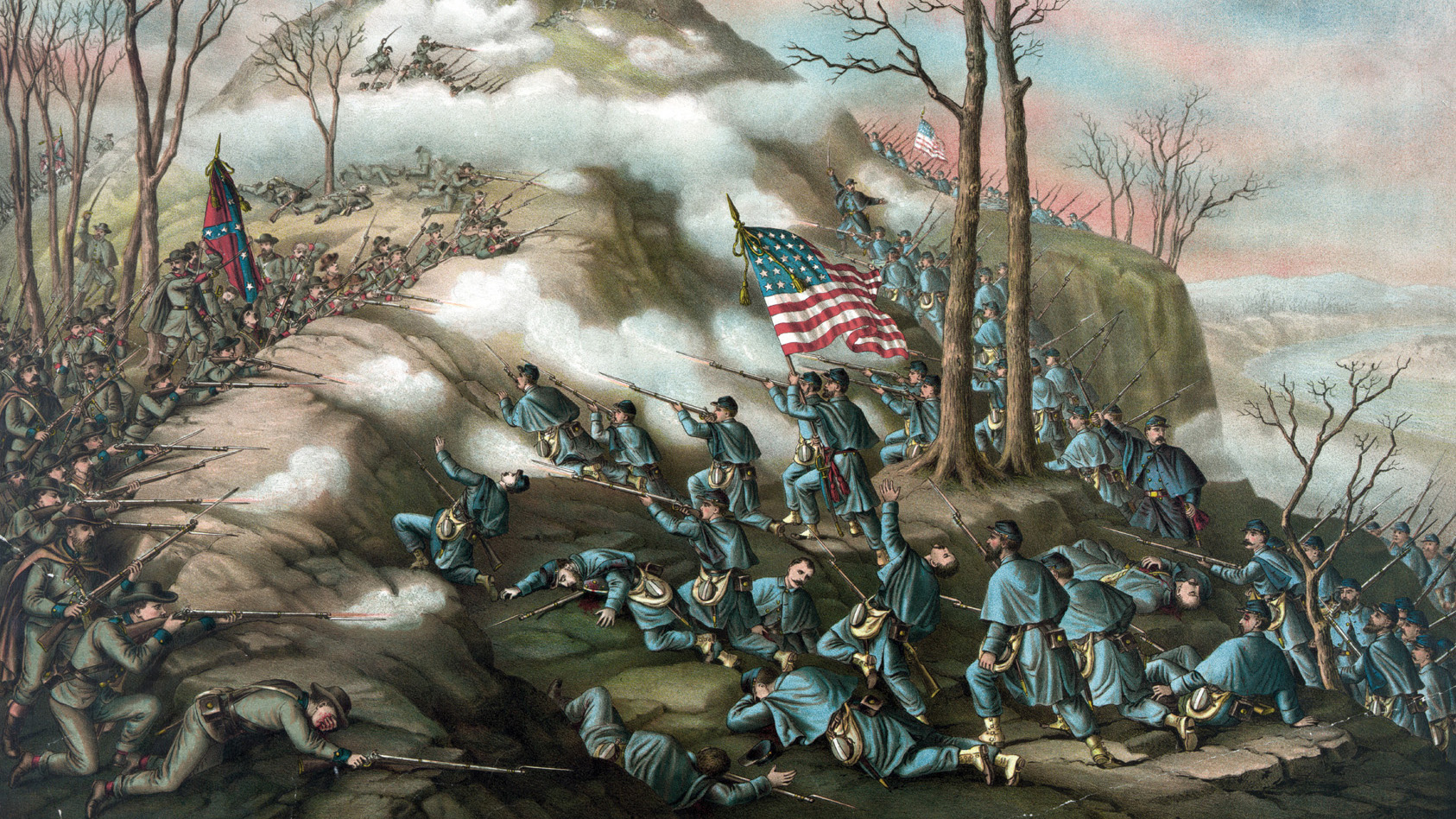
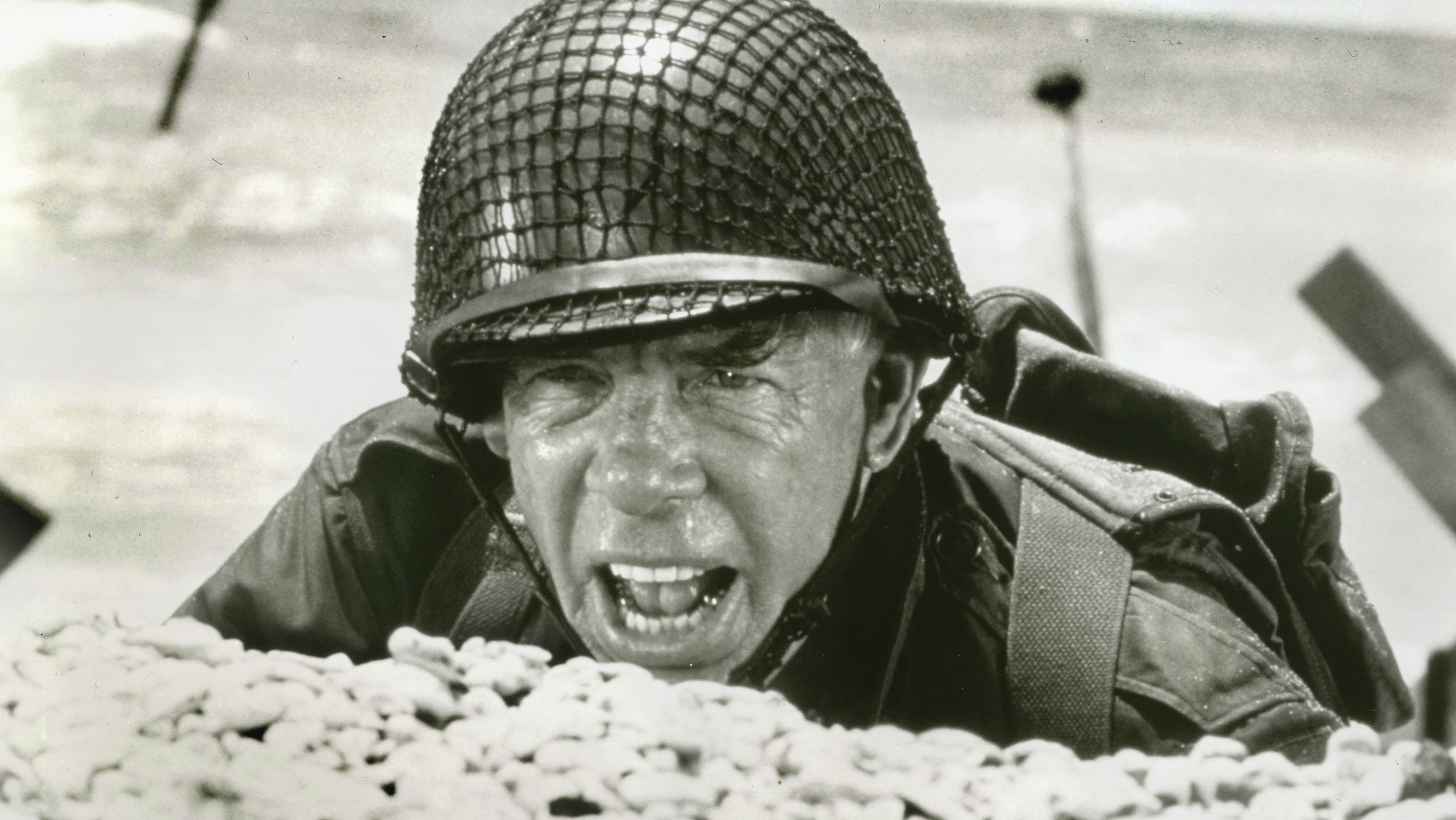
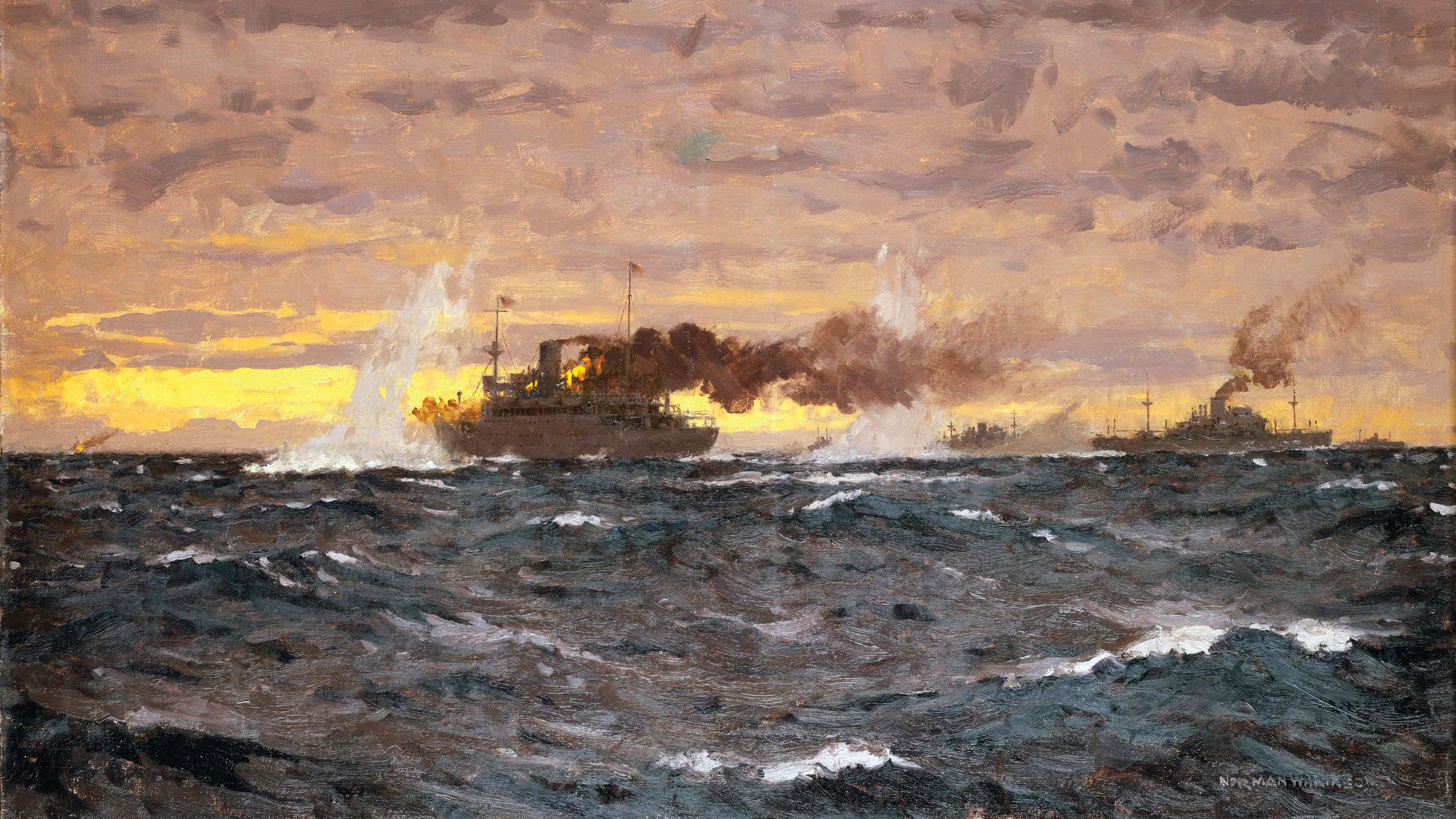
To understand Hitler, Himmler and Heydrich better you need to know from the outset their joint-criminal intention was to create the United States Of Germany, a nation of Anglo-Saxons and people of a certain type, colour, stance and background. This was a criminal act, it was cruel and unfair and to be financed by the confiscation of others wealth, land and property. Human rights were to be ignored, love and sympathy for others outlawed and huge population genocidal clearances were to take place. Similar acts had taken place elsewhere, in the USA the Red Indian clearances and Apache murders, in Africa, the killing of blacks and the introduction of workplace slavery, in Brazil the killings of various tribespeople and in Australia the Aborigines suffered. Russia under Stalin was operating in a similar fashion. Germany’s policy was racist, it was accompanied by the use of death camps and mobile killing squads. And you had the strange situation of a proud and prosperous nation being led by a madman and his gangster accomplices. It lasted 9 years before the German public began to regret what was occurring but this return to normality and lawful conduct was mostly prompted by Germany’s heavy defeats in the East, the loss of million’s of troops and the entry of the USA into the war. In December 1942 the war was considered to be lost and after that, it was a hopeless cause. What is sad is the death of 6 million harmless innocent Jews, the killing of babies and young people, and the mass arrests and torture of dissidents and non-Nazis, the Poles and the Ukrainian nation stood idly by and they share a huge part of the blame for what occurred. In 1945 all was revealed and Hitler and Himmler decided it might be best if they swallowed cyanide. The trials that took place in Germany during 1945-1952 allowed over 100 000 German war criminals to go free, Justice was defeated.